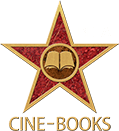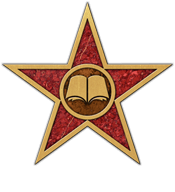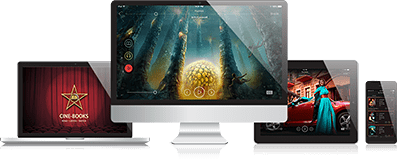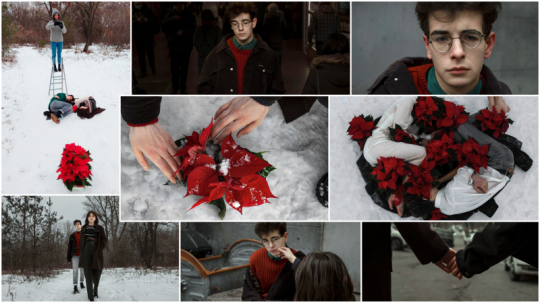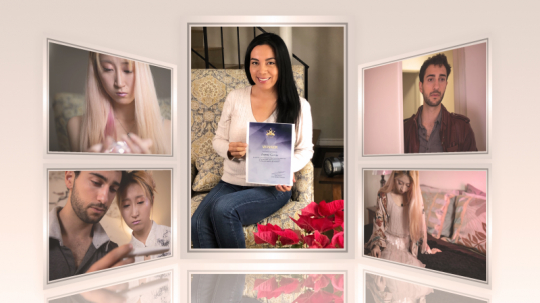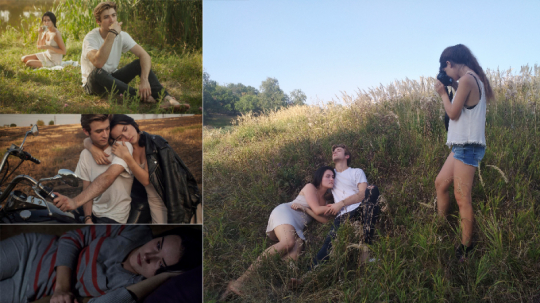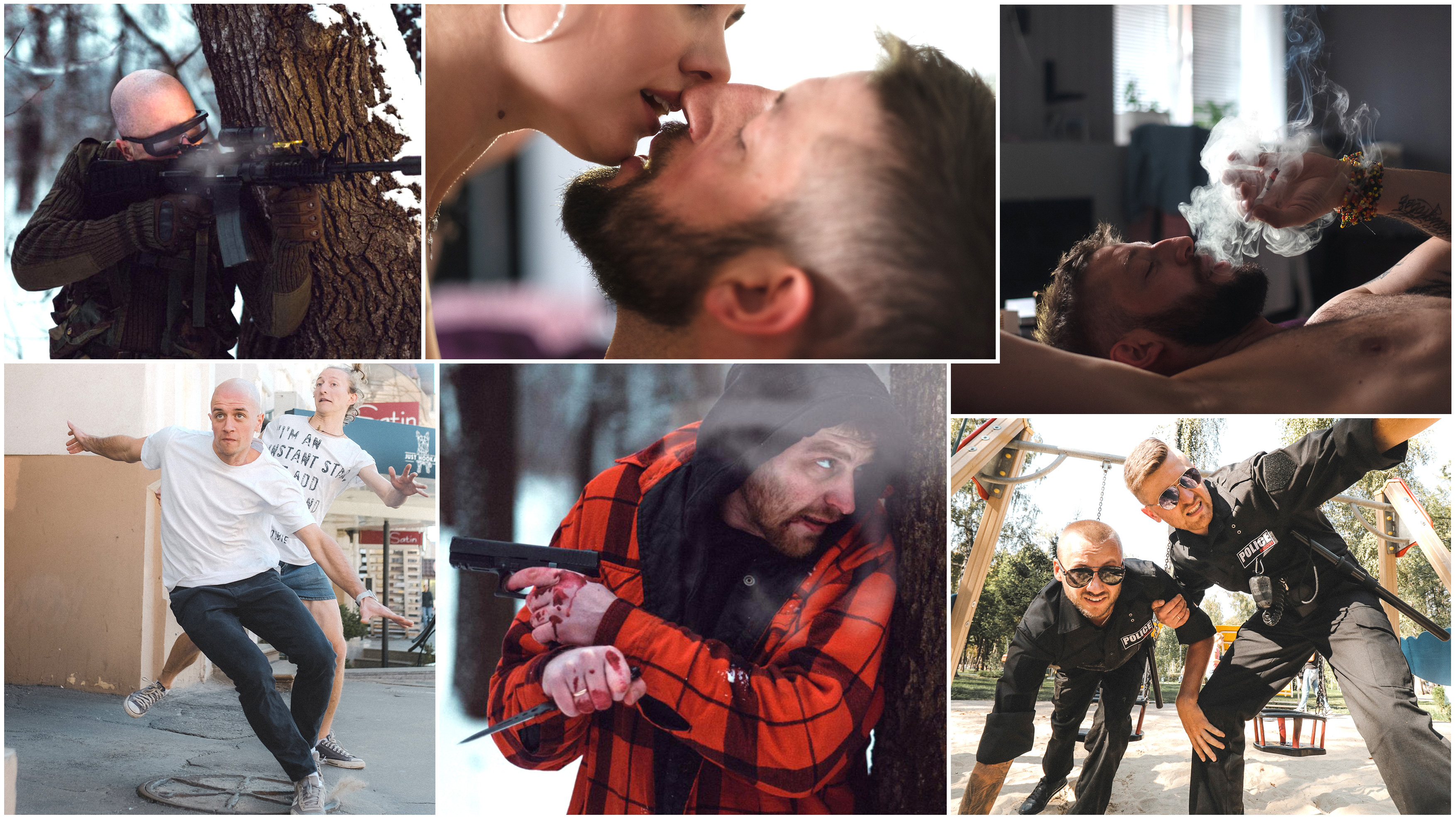
- What did you like about the genre of Photo Story? What new experience did you get? Did Photo Stories suit your common style of shooting? Why this genre is interesting for photographers?
The genre of Photo Story is 100% the thing we like! There is a story, visualization and it requires director’s skills. The most interesting are those stories which are interesting to tell while sitting in front of the fire. Short stories with unpredictable twists, that awakes your imagination… I always tried to shoot something more like documentary and develop the chosen theme. Thus, having started to shoot screenplays, I found myself in a common environment.
- Tell us how were you getting ready for the shooting? How did you choose actors? How were the costumes made? What was the most difficult about the preparation? How much time did it take?
This was, probably, the longest and the hardest process, much like choosing the good shots and post production, that is why it is not a good idea to do everything by yourself. The organizing requires a good memory and a wide circle of acquaintance, that is why everyone is in the right place: a photographer, coordinator, also he is an assistant.
The most difficult things - tasks in a style of arrest, fire, sex and weather. Those things are hard to shoot because of the model’s temper, unpredictable weather, outlooks on life - those things are the most hard to be considered. Even to show a sex scene, you have to make the models take off clothes. While acting the arrest, costumes of fake policemen are not enough, you need a police car. Also, lest we forget that not all of people were born with actors skills. According to the listed above, we had to put off one of the shootings for a week.
- Tell us about the crew - who were working on the project and how were the tasks spread? How were you looking for the actors? Is this your regular team or was there anyone you were working together with for the first time? Was it a casting or were you seeking candidates by yourself? Which characters were created easily and which needed to be worked out?
Konstantin is in charge of organisation, he combines all the qualities of an artistic person with practical consistency. I am, being an incredibly artistic and chimney sweep personality with a bad memory even haven’t tried to bare all the difficulties of organisation.
Our really huge circles of acquaintances helped us a lot. It includes almost the whole theatrical environment, musicians of new and old formation, Academy of Culture and a numerous creative customer base in terms of photos. We were choosing within the circle of acquaintance and at that very moment we remembered the right people! However, even for us the scene of arrest turned out to be the most complicated. It took place only because of our positive relations and trust…
- What equipment did you use? Why did you choose exactly these lenses? How did you set the lightning: according to the schemes or were you setting them right on the locations? Did you use artificial lightning? Were you working with the storyboard or were you improvising with the angles? Which scene was the most difficult? What did you like the most about the shooting? What conclusions did you make that you'll take into account at the next shooting?
We used #Fujifilm X-Pro2 and X-E3 while shooting. The mirrorless technology took a great step and it is important for us to see the frame in advance. As our love for cinema accompanies us throughout the entire creative journey, the choice of focal lengths was obvious - it is #35mm (23 for crop 1.5) and #85mm (56 for crop 1.5), which allows creating natural for eyes angles which are used in cinematography. The open diafragmas f1.4 and f1.2 allows us to reach the depth and use the available light. Several hand torches and diode lamps with adjustable temperature that allows us to achieve the effect of cinema. After having shot several stories we started to appreciate the convenience of the storyboard, I think it is the most important thing for the shooting of the high-quality, well-planned story. However, because of our experience, we were also improvising. The difference is obvious and now the shooting will be only after the storyboard is approved. While shooting some of the stories that we managed to do with the crew we have learnt how to answer viewers questions more fully within several shots and know what we can improve in the future.
you may also like
Interview with the winners in the nomination “Best Photo Story Without Text” 2018 Andrey Shurpin and Valerie Sagura...
NYFA alum Ivonne Garcia - the winner in the nomination "Best Photo Story With...
Lisa Lyashenko shared her most intimate facts of creating “With Love August”. Find out what was the reason for creating such a touching...
